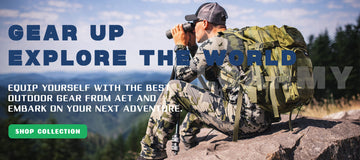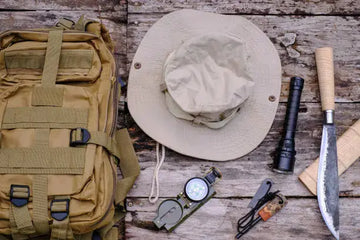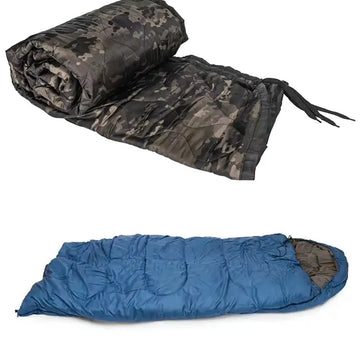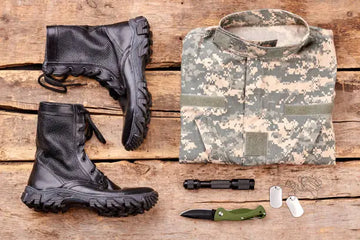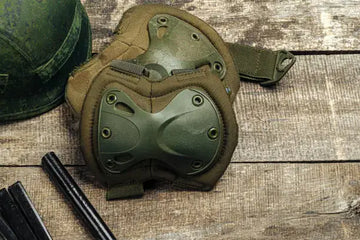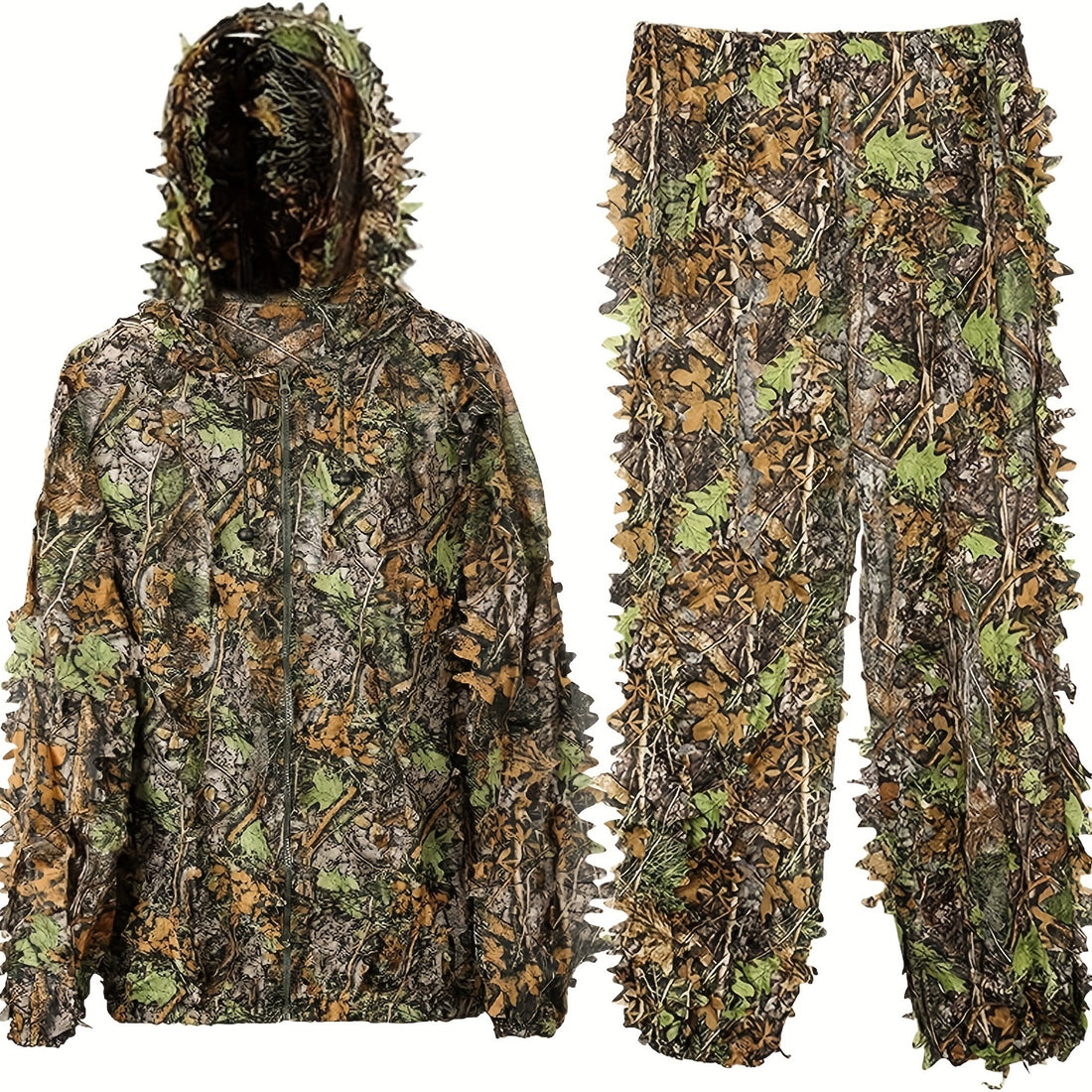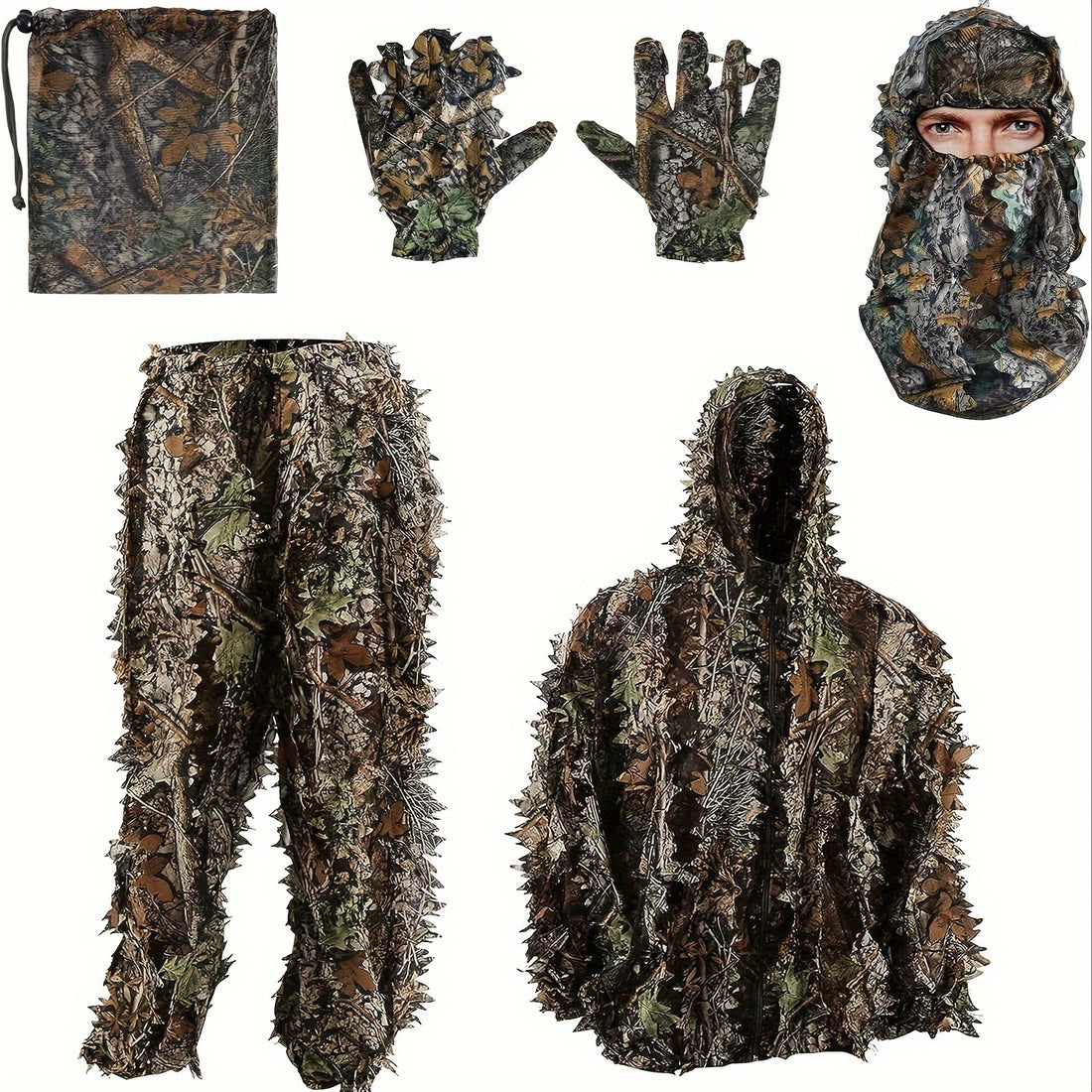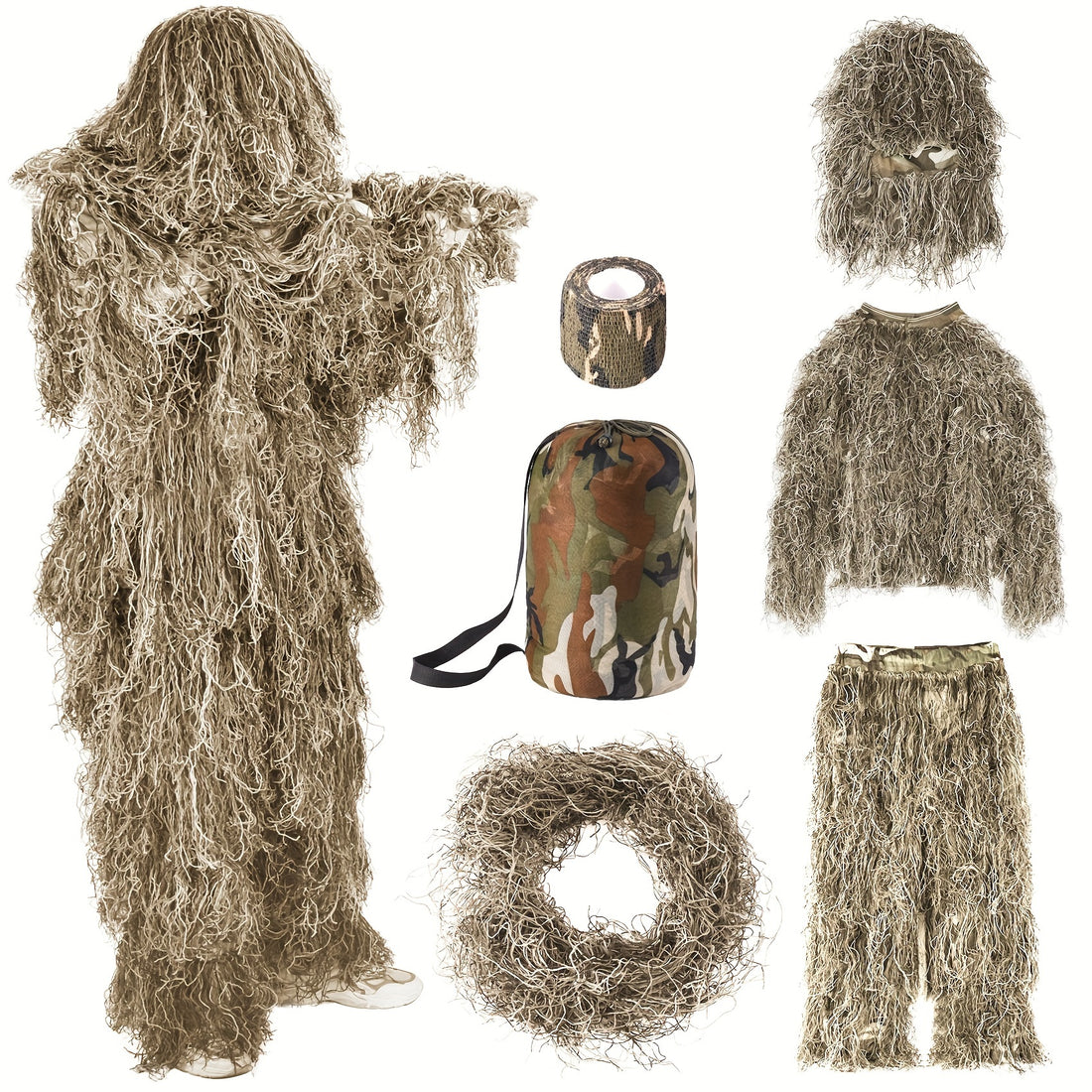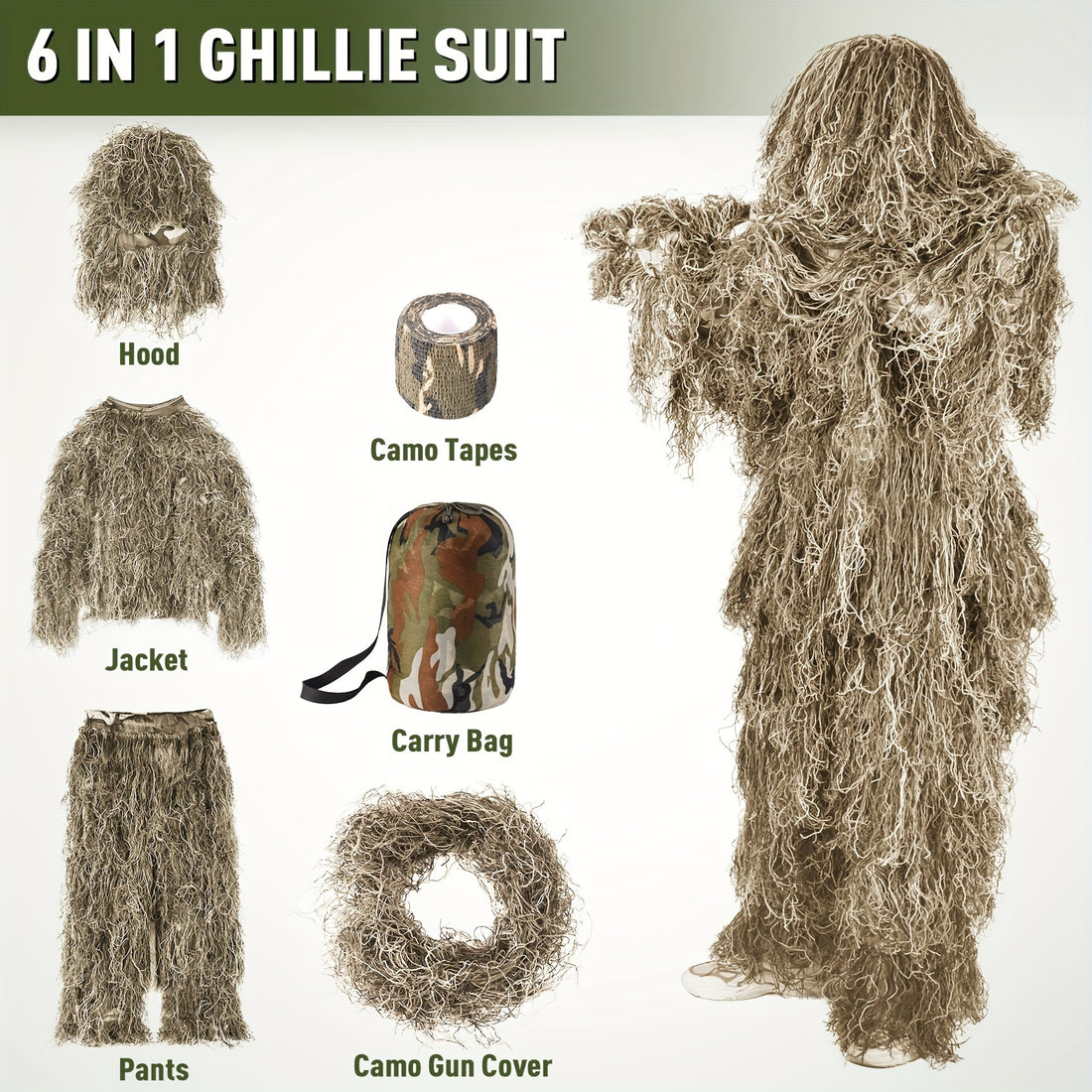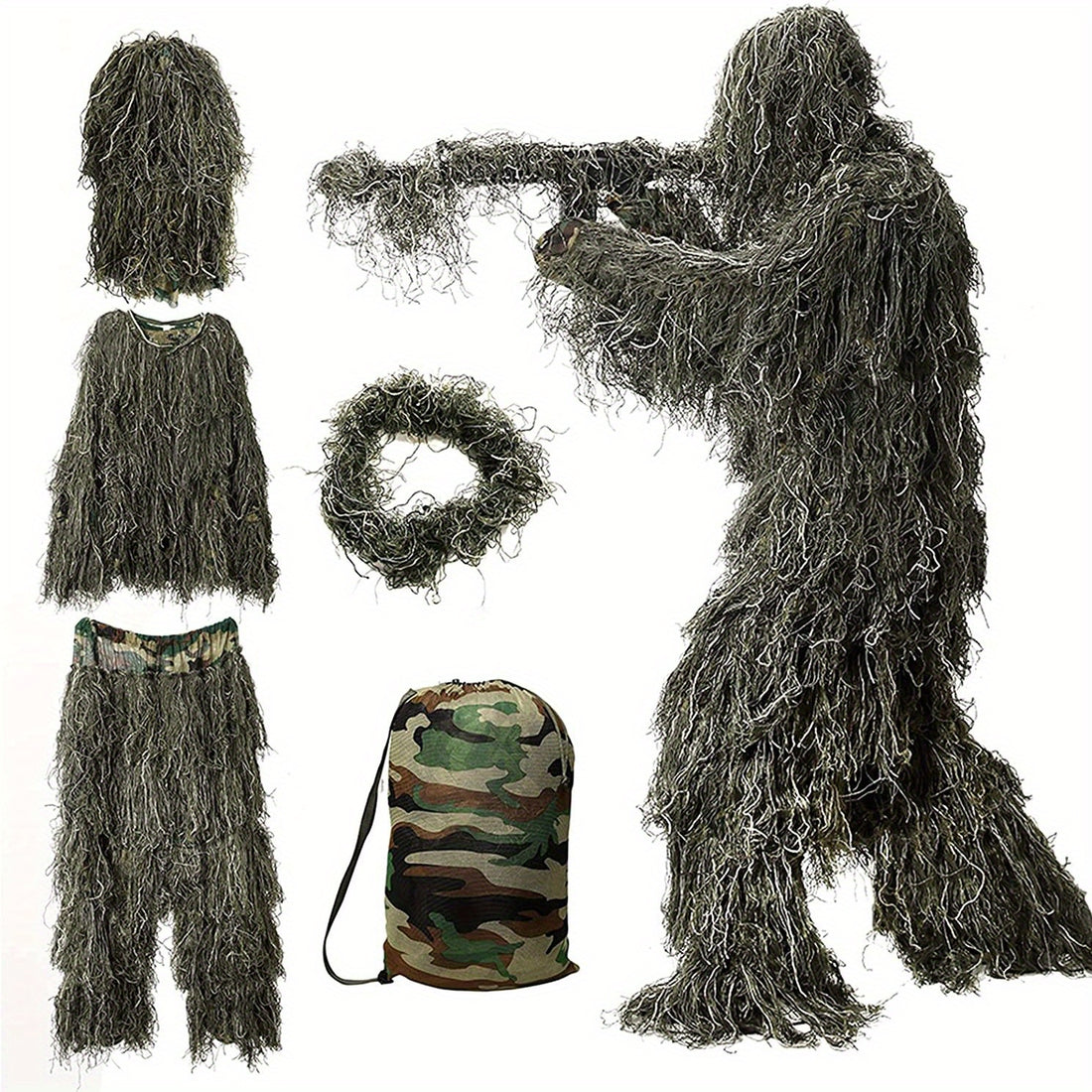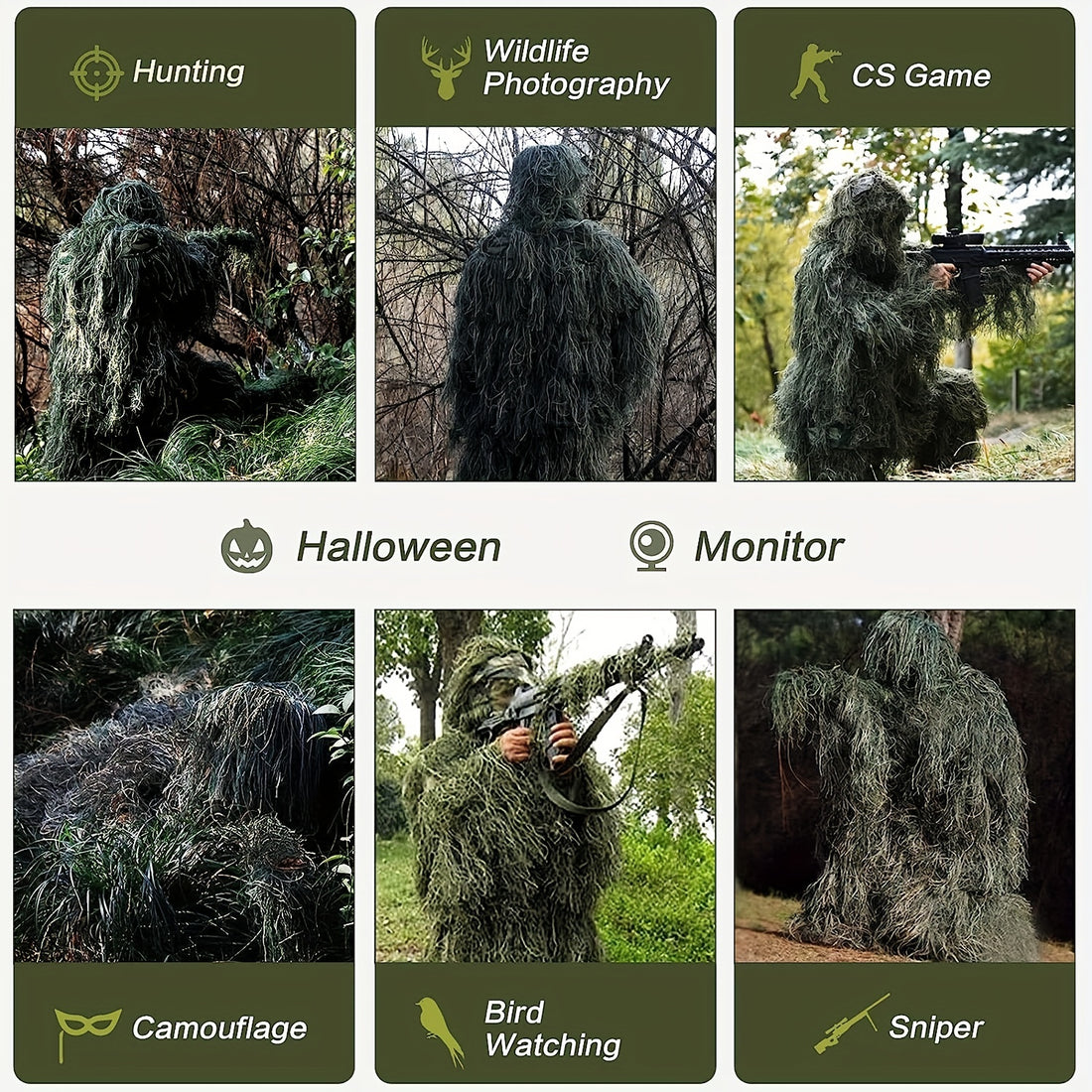Ever been on a trip where you wished you’d packed smarter? Maybe your gear felt unbalanced, or you forgot something critical.
Packing a tactical backpack isn’t just about stuffing gear inside—it’s about strategy. Whether you’re hiking, prepping for emergencies, or tackling a weekend mission, how you pack matters.
Let’s break it down step-by-step, with a twist: Pack for your purpose, not just a checklist.
1. Start with the Right Backpack (It’s Your Foundation)
Not all tactical backpacks are created equal. Let’s break down how to pick the perfect one:
Size Matters
- Day Trips (20–30L): Compact but roomy enough for water, snacks, and a first aid kit. Look for breathable back panels to avoid sweat buildup.
- Multi-Day (40–60L): Prioritize compartments for gear like tents, sleeping bags, and cooking kits. A hip belt is essential here—it shifts weight off your shoulders.
- Bug-Out (60L+): Durability is key. Opt for tear-resistant fabric (e.g., 1000D nylon) and MOLLE webbing. MOLLE straps let you attach extras like medical kits or tools without cramming them inside.
Features to Love
- Water Resistance: A must for rainy hikes. Some packs have built-in rain covers.
- Ventilation: Mesh padding between the pack and your back reduces swampy-back syndrome.
- Adjustability: Load lifter straps (the ones near your shoulders) help redistribute weight as you move.
Tip: Test the fit! A good pack should feel snug but not restrictive.
2. The Non-Negotiables: What You Must Pack
Forget “nice-to-haves”—these items keep you alive:
- Water
A hydration bladder (like CamelBak) or stainless steel bottle.
Purification: Tablets or a LifeStraw let you drink safely from streams.
- First Aid
Basics: Bandages, gauze, antiseptic.
Extras: Tourniquet, blister pads, pain relievers. The Red Cross’s guide explains how to pack for different group sizes.
- Navigation
Old-School: A topographic map and compass (learn to use them before you’re lost).
Tech: GPS devices (like Garmin) are reliable, but bring extra batteries.
- Light & Fire
Headlamp: Free up your hands. Petzl’s rechargeable models last 12+ hours.
Firestarter: Waterproof matches and a lighter. Two ways to spark a flame = safety.
- Shelter
Emergency Bivvy: Weighs less than a candy bar and reflects body heat.
3. Organize Like a Pro: Zones, Not Piles
Think of your backpack in zones:
- Bottom Zone: Light, bulky items (sleeping bag, extra clothes).
- Middle Zone: Heavy gear (food, cookware, tools). Keep weight close to your back for balance.
- Top Zone: Frequently used items (snacks, rain jacket, flashlight).
- External Attachments
MOLLE Pouches: Clip on gear like multitools or sunscreen. Our Modular Pouches are designed for this.
Side Pockets: Perfect for water bottles or trekking poles.
Tip: Use packing cubes or colored dry bags (e.g., red for first aid, blue for clothes) to spot gear fast.
4. Tailor Your Pack to Your Adventure
Scenario 1: The Day Hike
Pack light: Water, snacks, a mini first aid kit, and a lightweight jacket.
Attach trekking poles or a camera to external straps.
Scenario 2: 3-Day Camping Trip
Add a compact tent, portable stove, and dehydrated meals (check REI’s meal planning guide).
Balance weight—place cooking gear near the middle.
Scenario 3: Emergency Preparedness
Include a water filter (LifeStraw works well), emergency radio, and extra ammo if applicable.
Prioritize survival tools over comfort items.
5. Avoid These Common Mistakes
Overpacking: Stick to the essentials. Your back will thank you.
Poor Weight Distribution: Heavy items in the middle = better balance.
Ignoring Weather: Always pack rain gear, even if the forecast looks clear.
Tip: Do a test hike with your loaded pack. Adjust straps for a snug fit—no sagging!
6. Maintain Your Gear (Because It Lasts Longer That Way)
Clean Regularly: Shake out dirt, wipe down straps.
Dry Thoroughly: Never store a damp backpack—it breeds mildew.
Repairs:
Zippers: Lubricate with beeswax if they stick.
Straps: Replace frayed ones ASAP.
7. Final Checks Before You Go
- Waterproofing
Double Up: Use a pack liner and a cover. Stuff electronics in zip-top bags.
- Secure Straps
How: Tuck loose ends into webbing or wrap them with duct tape.
- Share Your Plan
Details: Leave a note with your route, return time, and emergency contacts. Apps like AllTrails let you share GPS routes.
Wrap-Up
Packing a tactical backpack is like a puzzle—every piece has a purpose. Match your gear to your mission, organize with purpose, and practice. Ready to upgrade your pack? Explore our tactical gear collection for durable, mission-ready solutions.
Stay sharp, stay prepared, and adventure on!

